|

"Looking West At Mount Sugarloaf"
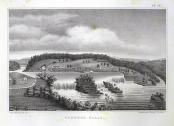
"Turners Falls"
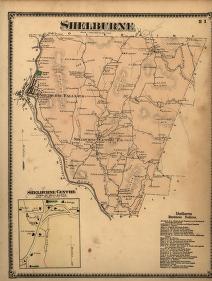
"Shelburne"

Shelburne Falls, Mass Birds-Eye View

Lamson, Goodnow and Company, Birds-Eye View

Electric Car Bridge over Deerfield River, Shelburne Falls, Mass.
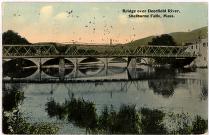
Bridge over Deerfield River, Shelburne Falls, Mass.
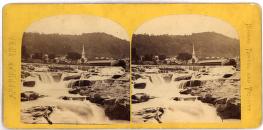
Shelburne Falls
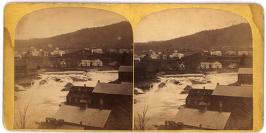
Shelburne Falls, Mass.
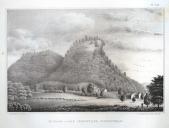
"Sugar Loaf Mountain"
|
Summary and Objective
This geography lesson is designed to help students understand that images and maps can be a source of information about changes in the local landscape. The activity as described here uses images of western Franklin County, Massachusetts to provide a model for examining graphic representations to identify evidence of changing patterns of land use, population distribution, transportation, and economic activity. Students learn to examine an image closely, seeking clues about its purpose and what it is intended to represent. They can then apply these skills by identifying and examining sources to research changes in their community. This lesson can be expanded to provide the foundation for considerable independent research or can be modified to introduce skills in "reading the landscape" that can be applied to other locales.
Teaching Plan
Step 1.
Focusing activity: Introduce an image from the Digital Collection of the PVMA American Centuries web site that shows a readily recognizable local site, such as Sugar Loaf Mountain or Turners Falls. Explain that the image represents a local site and ask the class to identify the location. Ask students to explain how they could tell.
Step 2.
Looking closer: "What do you see?" To encourage closer examination of the image, go around the classroom and ask each student to comment on something in the image. No one should repeat what has already been said; this activity helps students look closely at the image.
Step 3.
Discussion: Now that the students have described the image, lead a discussion of what this image can tell about the place it represents. For example:
When was the image produced? How can you tell?
Why was this image produced?
How might the purpose affect the representation of the place?
How accurate is this representation? How do you evaluate this?
How is the land being used?
What does this suggest about how people made a living?
What kinds of transportation are in use? How can you tell?
How is this view different from what you see today?
If you were to modify this image so that it provided a view of the place today, what changes would you have to make to it?
Step 4.
Small group work: Distribute a different image of the locale being studied to each group. Have each group repeat the close examination described in Step 2 and address the questions in Step 3 as they relate to their image. Each group reports out to the class about the evidence they found in their image about the locale at the time the image was created and how it is different from what they see today.
Step 5.
Summarizing activity: Have the groups try to arrange their images in chronological order. Summarize what the class has observed and construct a timeline of changes in the locale over time. One website that may be useful for this inquiry in western Franklin County, Massachusetts is included below.
|




